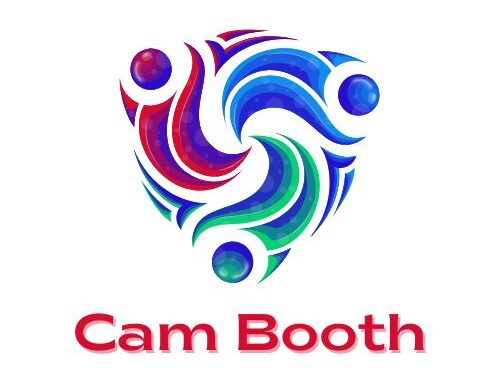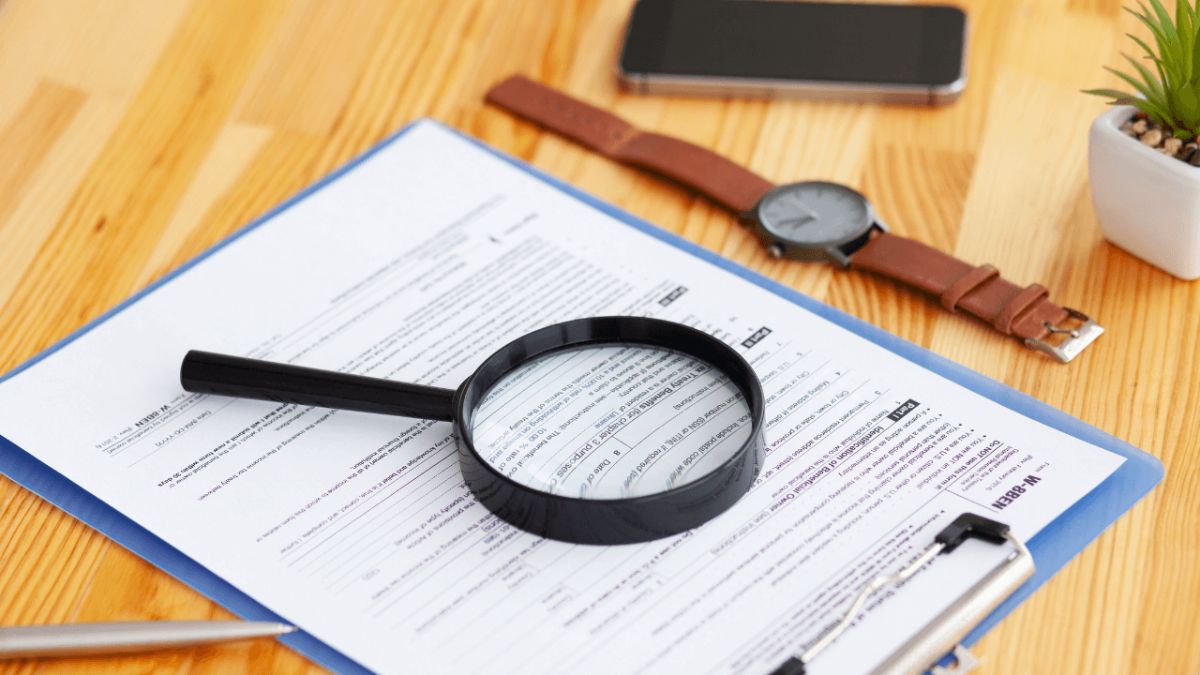News articles are the backbone of journalism, delivering crucial information to readers in a clear and engaging way. Whether you’re a seasoned journalist, a student aspiring to work in media, or a content creator venturing into news writing, crafting compelling news articles is an essential skill.
This post explores the art of writing attention-grabbing news articles. You’ll learn key elements like structuring your article, crafting effective headlines, and maintaining neutrality while creating content that resonates with your audience.
What Is a News Article?
Before we dig into the details, let’s define what a news article is. A news article provides factual and timely information about current events, topics, or breaking stories. Unlike other content formats such as opinion pieces or essays, news articles focus on delivering clear, concise, and unbiased information.
The goal? To inform, educate, and engage readers while adhering to journalistic standards of accuracy and credibility.
Key Characteristics of a News Article:
- Timeliness: Covers current events or topics of immediate relevance.
- Clarity: Written in simple, direct language that’s easy to understand.
- Accuracy: Supported by verified facts and credible sources.
- Neutrality: Maintains an objective tone, avoiding personal opinions or bias.
The Essential Elements of a News Article
Every well-crafted news article follows a structured framework designed to guide readers through the content seamlessly. These elements include the headline, lede, body, and conclusion. Here’s how to master each one.
1. Writing a Captivating Headline
Your headline is the first thing readers notice, making it one of the most critical components of your article. A strong headline should be informative, concise, and engaging.
Tips for Crafting Effective Headlines:
- Be Clear and Specific: Avoid vague language. Communicate exactly what the article is about.
-
-
- Example of strong headline: “Local School Wins $1 Million STEM Grant”
- Example of weak headline: “Good News for Schools”
-
- Use Action Words: Words like “wins,” “reveals,” or “announces” convey urgency and activity.
- Include Keywords: Optimize your headline for search engines by incorporating relevant keywords naturally.
- Create Interest: Make readers curious enough to click. Adding specific details, numbers, or intriguing questions can help. For instance, a headline like “5 Shocking Facts About Climate Change” grabs more attention than generic titles.
2. Structuring the Lede (Lead Paragraph)
The lede (often spelled “lead”) is the opening paragraph of your article. Its purpose is to hook readers by summarizing the main point of the story in a captivating way.
The Five W’s and One H:
The best ledes answer the who, what, when, where, why, and how—in one or two sentences.
- Example:
-
-
- Lede 1 (Who, what, Where): “Amazon announced the opening of a new fulfillment center in Dallas, creating 2,000 jobs for the local community.”
- Lede 2 (Why, When, How): “On Tuesday, local authorities executed a rescue operation that saved a family trapped in floodwaters in under an hour.”
-
Keep the tone concise and factual. Don’t add unnecessary details or editorialization.
3. Building the Body
The body is the main content of your news article, where you elaborate on the details introduced in the lede. Readers will expect in-depth insights and credible evidence here.
Tips for Writing the Body:
- Organize by Importance (The “Inverted Pyramid”): Place the most important information at the top, followed by supporting details, context, and background information.
- Use Short Paragraphs: Keep paragraphs to one to three sentences to maintain readability.
- Include Quotations:
-
-
- Example of a good quote in a news story:
-
“Our community has worked tirelessly toward this day,” said Mayor Lisa Hall. “This grant is a game-changer.”
- Support All Facts with Evidence:
Cite credible sources, statistics, or expert opinions to back up your claims.
4. Closing with Context
Unlike opinion pieces, news articles often conclude with a call-back to why the story matters or what to expect next.
Effective Ways to Conclude:
- Wrap up with a quote or data point that reinforces the story’s significance.
- Indicate the next steps or future events (if applicable).
-
-
- Example: “The city council will vote on the proposal next week, with potential implementation occurring this December.”
-
Tips for Writing News Articles That Stand Out
Crafting high-quality news articles requires more than just hitting the basics. Here are some additional tips to elevate your storytelling and keep readers engaged:
1. Know Your Audience
Understanding your target audience shapes how you write and structure your article. Are you targeting local readers? Industry professionals? A younger audience? Tailor your tone and content accordingly.
For example:
- Local audience → Focus on community impact and relatable context.
- Industry professionals → Include expert opinions and technical details.
2. Stay Neutral and Accurate
Journalistic integrity relies on unbiased reporting. Keep your opinions out of the article to maintain credibility. Verify all facts and sources before hitting publish and double-check for potential errors.
3. Use Engaging Visuals
Accompany your article with relevant visuals like photographs, graphs, or infographics to enrich the reader’s experience. Visuals can help communicate complex information more effectively.
4. Optimize for SEO
Well-optimized articles are more likely to reach a larger audience. Use primary and secondary keywords naturally throughout the article, ensure your title and meta description are clickable, and keep your headlines clear.
Example Keywords for SEO Optimization:
- Breaking news
- Local news update
- News article format
Why News Writing Matters Today
With the rise of digital platforms and citizen journalism, the need for credible, well-researched news articles is more important than ever. A professionally written news article informs, educates, and empowers readers to make informed decisions.
Whether reporting on community events, breaking world news, or niche industry trends, your ability to convey accurate and engaging news helps shape public understanding.
Take Your Writing to the Next Level
Now that you’re equipped with the tools and strategies to write outstanding news articles, start practicing today. Consistency will polish your skills and make you the go-to source for compelling, credible news content.
If writing feels daunting, don’t worry! Tools like Outwrite’s AI editor can help refine your grammar, improve your tone, and ensure accuracy in your content. Try it for free today.
FAQs
1. What makes a news article compelling?
A compelling news article presents verified information in a clear, concise, and engaging manner. It prioritizes relevance, accuracy, and a captivating headline to capture readers’ attention.
2. How can I ensure my news content is credible?
To maintain credibility, always fact-check your information, cite reliable sources, and avoid sensationalism. Accuracy and transparency are key to building trust with your audience.
3. What tools can help improve my writing?
Tools like Outwrite’s AI editor, Grammarly, or Hemingway can enhance your writing by improving grammar, structure, and readability. Using these tools allows you to focus on delivering insightful content.
4. How do I create an impactful headline?
An impactful headline is concise, specific, and grabs the reader’s attention immediately. Use action words and highlight the story’s most intriguing element without revealing too much.
5. Can I adapt my writing style for different audiences?
Yes, understanding your audience is essential. Tailor your tone, language, and structure to fit the demographic you’re addressing to make your content more relatable and effective.











